Gloom in a field of green
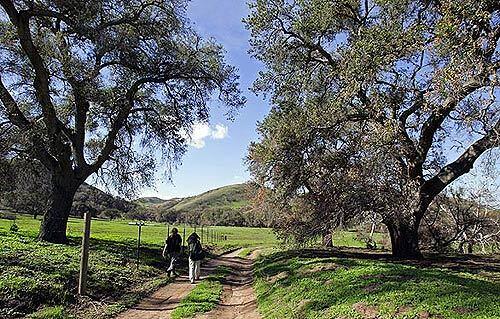
The green carpet of new growth on Irvine Ranch Conservancy land has scientists worried. Last October’s Santiago wildfire destroyed native sage scrub while the recent showers have created meadows of flammable, nonnative weeds. Ecologists fear the changed landscape will become a greater fire danger. (Don Bartletti / Los Angeles Times)
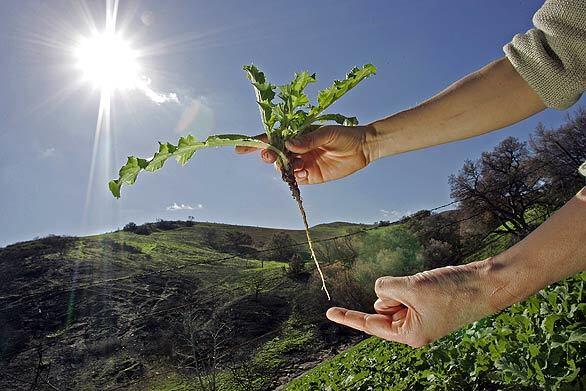
Jutta Burger, field ecologist with the Irvine Ranch Conservancy, displays a nearly foot-long root of a milk thistle. The weeds are in full bloom amid blackened brush and grass. The landscape change is known as “type conversion” and can have a profound effect on fire season. (Don Bartletti / Los Angeles Times)
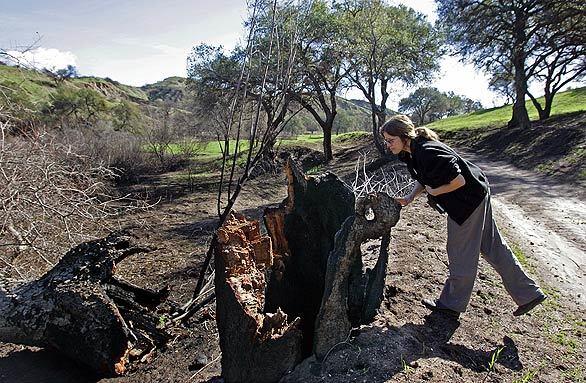
Jutta Burger peers into the burned-out trunk of a coast live oak. Ecologists are examining how the Irvine Ranch preserve will recover from the Santiago fire that roared through last October. (Don Bartletti / Los Angeles Times)
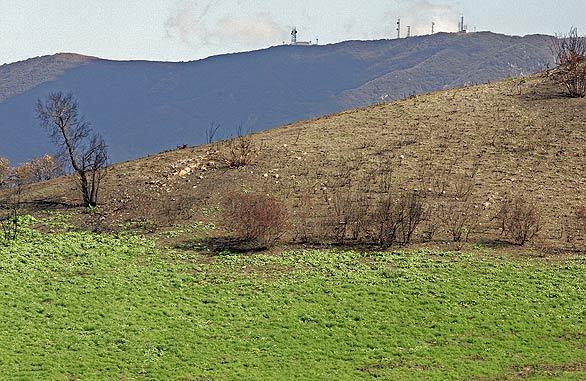
Nonnative weeds have been encroaching on Southern California wildlands for centuries and the frequency of wildfires has exacerbated the situation. (Don Bartletti / Los Angeles Times)
Advertisement
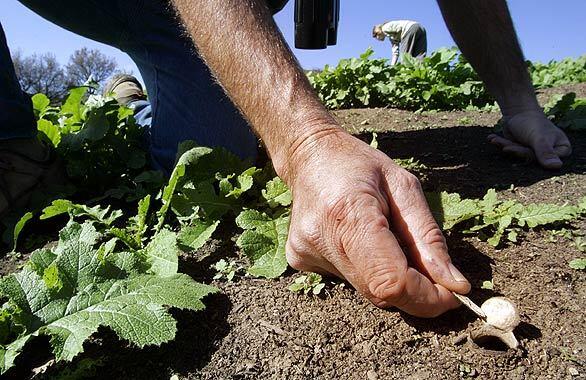
David Olson, director of science and stewardship for the Irvine Ranch Conservancy, gently lifts the “door” of a California trap door spider nest. Aside from the devastation of the native scrub, the Santiago fire almost wiped out the spider population and destroyed birds’ nests. (Don Bartletti / Los Angeles Times)







